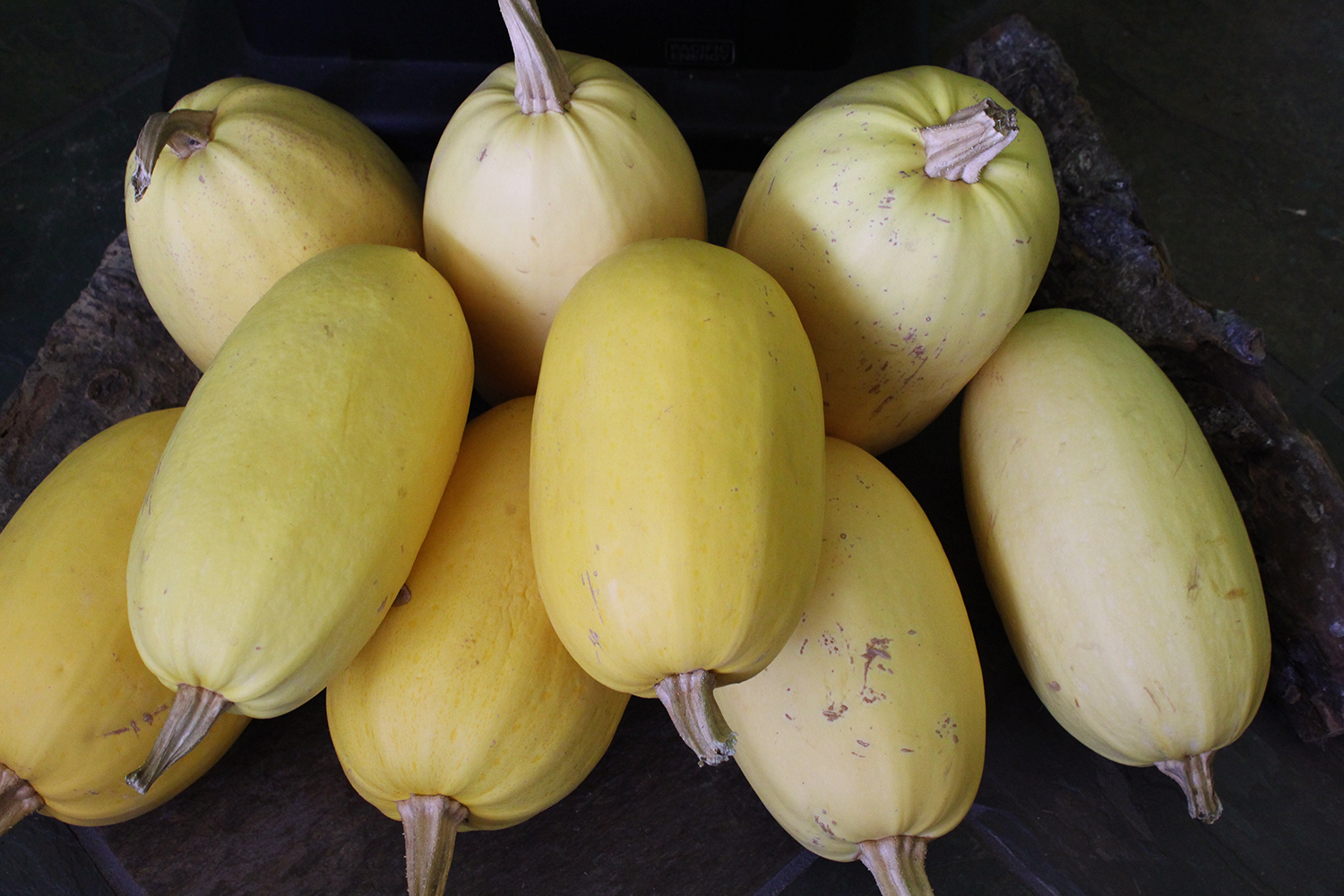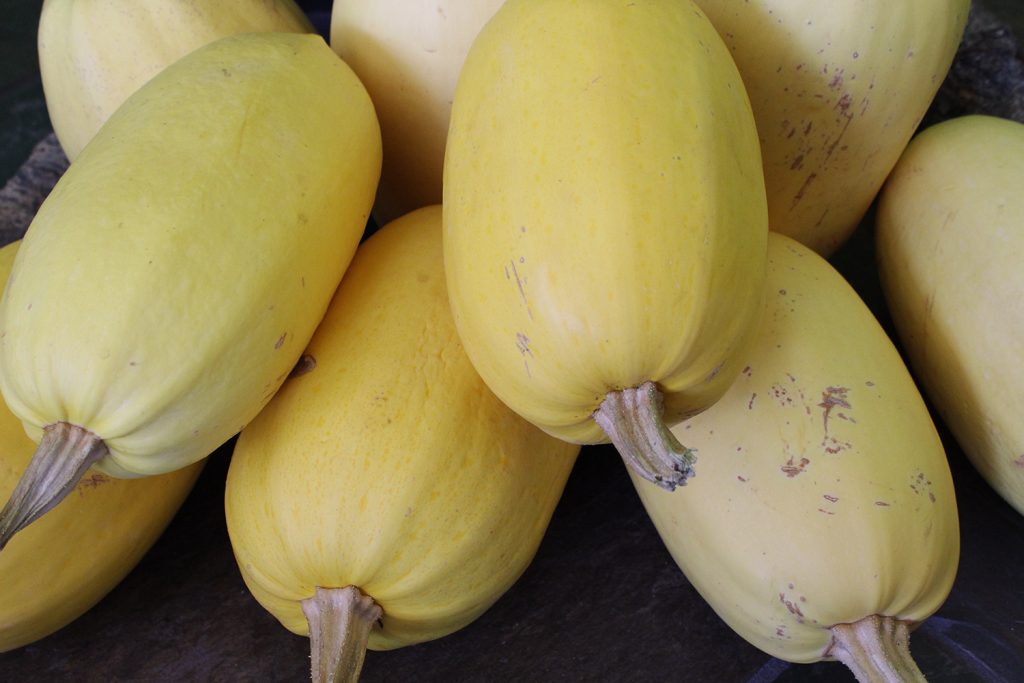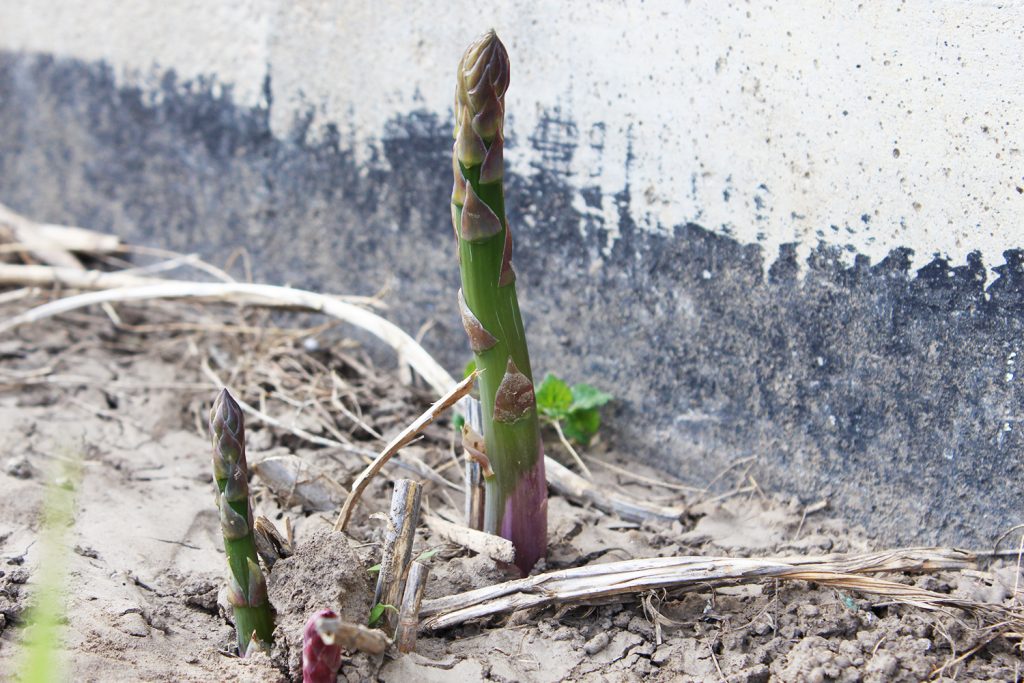
This spring, I have been working hard to put in a large-ish bee and butterfly garden, to give the pollenators a little oasis in our big sea of surrounding commercial crop fields, which are heavily sprayed. I’m sure I’m not the only one doing this – there has been a lot of media attention on pollenators, recently. However, at the same time, I am seeing a ton of posts on social media of people looking for ways to get rid of caterpillars on their plants and trees. I think people are forgetting something important: caterpillars are baby butterflies!
My pollenator garden is going to have caterpillars – that is part of the point! If you are planting milkweed, its job is to feed the caterpillars of Monarch butterflies. Let me repeat that sentence:
Milkweed’s job is to feed caterpillars.
Caterpillars.
Without caterpillars, there are no butterflies.
I get that tent caterpillars, especially, are a pain in the butt. They eat all the leaves off the trees, and infestations can be ugly. However, the leaves will grow back, and the trees aren’t even really damaged, and those caterpillars (and the moths they turn into) feed birds such as blue jays and chickadees, and all sorts of other wildlife, including frogs, squirrels, and, apparently, even bears!

Caterpillars can also do quite a number on your garden. Around here, the little green caterpillars of the Small White Butterfly decimate brassica crops, including commercial canola, and any cabbage I have ever tried growing. It’s not exactly fun picking them out of your home-grown broccoli, either. Once again, though, the adult moths feed birds such as sparrows and goldfinches, which we really enjoy seeing around our acreage.
At the same time, anything you spray or dust to kill the tent caterpillars or cabbage worms, from commercial pesticides to Bacillus thuringiensis will also kill other caterpillars, including the caterpillars that turn into monarch butterflies, as well as some of my other favorites, like the Mourning Cloak and the Canadian Tiger Swallowtail. Some of the commercial pesticides are also really hard on bird and amphibian populations. In the same way that roses come with thorns, butterflies come from caterpillars, and if you want to have one, you are stuck dealing with the other.

Honestly, for us, the ‘dealing with’ isn’t a horrible hardship anyhow. We sometimes pick caterpillars off vegetable plants and fruit trees, but we generally leave them alone when they are feeding on the native chokecherries or decorative plants. Although we’ve had no luck with covering our brassicas (thanks to kids and puppies), I know that lots of people have been very successful with that tactic, and it is not detrimental to any of the other caterpillars and butterflies that may be in and around your garden. With the pollenator gardens, we are purposely planting favored plants, and there is a good chance they will gravitate to those, instead of ending up on our vegetables. Or maybe not, but we’re still okay with that, because we love butterflies.
Now, repeat after me, one more time: Caterpillars Are Baby Butterflies!
Pin It for Later:











